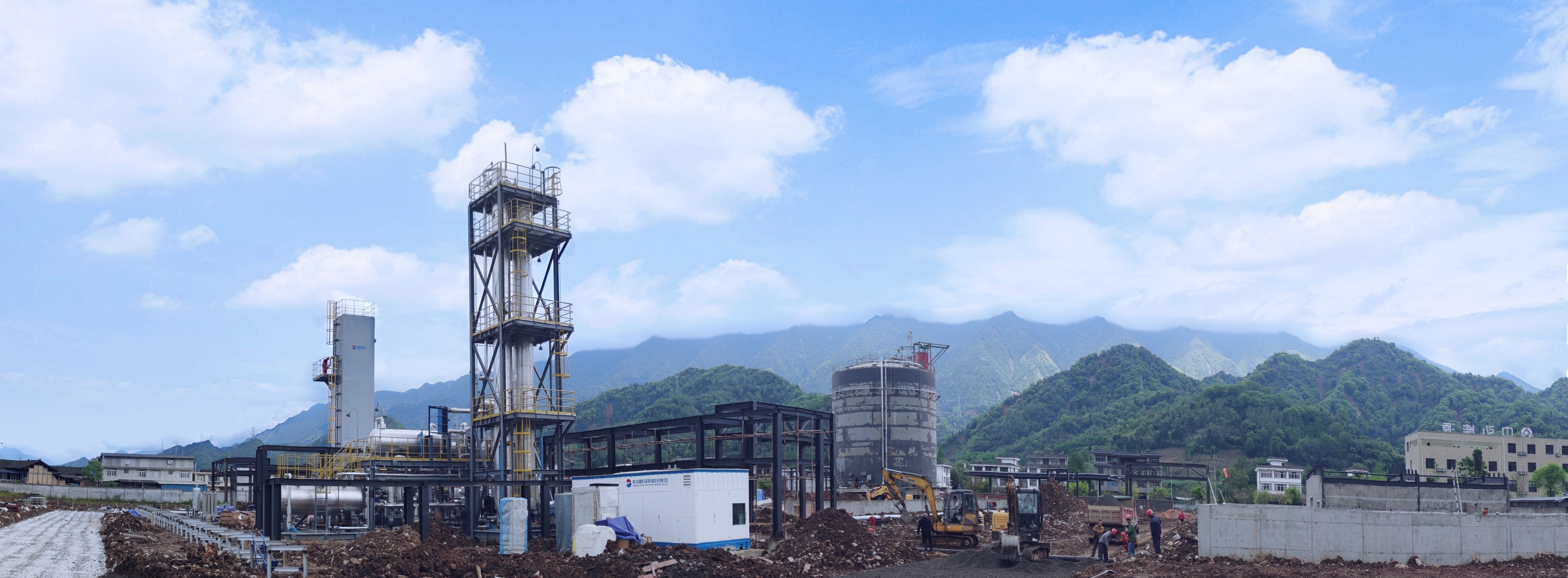As the sales volume of LNG products changes with the market situation, the output of LNG needs to adapt to the market changes. Therefore, high requirements are put forward for the elasticity of production load and LNG storage of LNG plants.
LNG production load regulation
Regulation of Mr compressor
MR compressor is a centrifugal compressor. Its load can be continuously adjusted between 50 ~ 100% by adjusting the air inlet valve jacking device and return valve of the compressor.
Load regulation of pretreatment system
The design load of deacidification gas unit shall not be less than 100%. On the premise of controlling the pressure, the pretreatment system device can be continuously adjusted within the load range of 50 ~ 110% and meet the standard of pretreatment and purification.
Load regulation range of liquefied cold box
The design load of the liquefied cold box shall not be less than 100%. When the load of the device changes from 50% to 100%, the plate heat exchanger and valves in the cold box can work normally and fully meet the working conditions of variable load.
To sum up, the operating flexibility of the whole device is 50% ~ 100%. Users can adjust the load of the device within this range according to the sales situation of the product to improve the economy of operation.
Storage capacity adjustment of LNG storage tank
According to the LNG output, the storage tank volume we provide is the LNG output of ten days, and the storage volume of the storage tank can be used to buffer the sales change.
Change of feed gas composition
The change of feed gas composition will bring challenges in pretreatment and liquefaction.
Response of feed gas pretreatment system to component changes
Decarbonization response
According to the existing carbon dioxide content, we use MDEA amine method to decarbonize and increase the design of carbon dioxide to 3%. A large number of practical engineering experience has proved that this design can adapt to the change of carbon dioxide content and remove carbon dioxide to the level of 50ppm.
Heavy hydrocarbon removal
Heavy hydrocarbons in natural gas are mainly neopentane, benzene, aromatic hydrocarbons and components above hexane that pose harm to the cryogenic process of the cold box. The removal scheme we adopt is activated carbon adsorption method + low-temperature condensation method, which is a two-step and double insurance scheme. Firstly, heavy hydrocarbons such as benzene and aromatic hydrocarbons are adsorbed through activated carbon at room temperature, and then the heavy components above propane are condensed at – 65 ℃, which can not only remove the heavy components in feed gas, but also separate the heavy components to obtain mixed hydrocarbons as a by-product.
Dehydration response
The water content in natural gas mainly depends on temperature and pressure. The change of other components of feed gas will not have a great impact on the water content. Dewatering design allowance is sufficient to cope with.
Response of liquefaction system to component changes
The composition change of feed gas will lead to the change of liquefaction temperature curve of natural gas. By properly adjusting the ratio of mixed refrigerant (MR), the composition change of feed gas can be adapted to a considerable range.
Post time: May-06-2022



